Deck & Commander Strategies
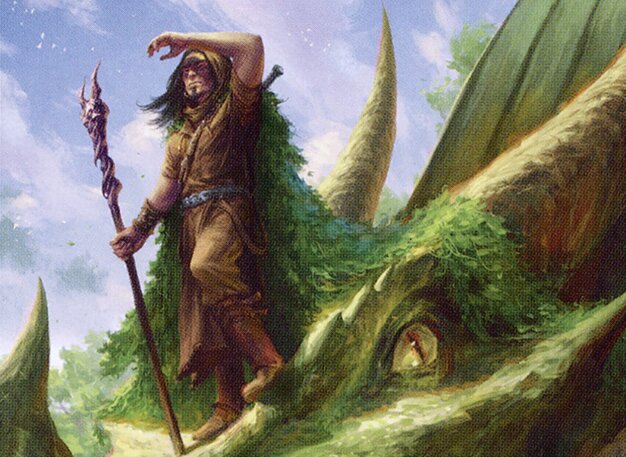
Baru, Wurmspeaker
Builds a worm tribal deck that creates and buffs worm tokens with +2/+2 and trample, aiming to overwhelm opponents with large, trampling creatures.
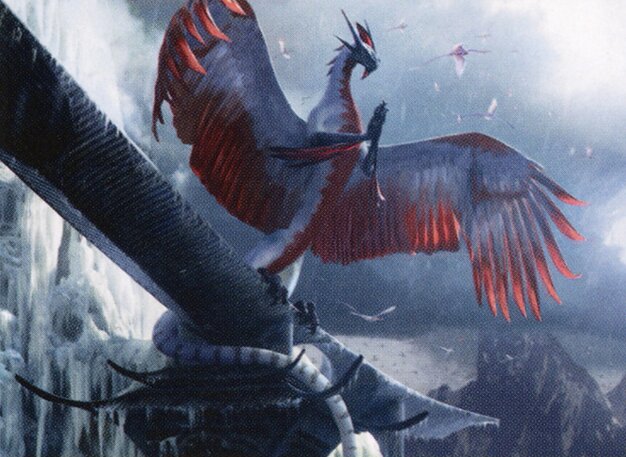
Dragonlord Ojutai
Utilizes soldier and hidden rogue tribal synergies combined with flying threats and control elements to apply steady pressure and disrupt opponents.
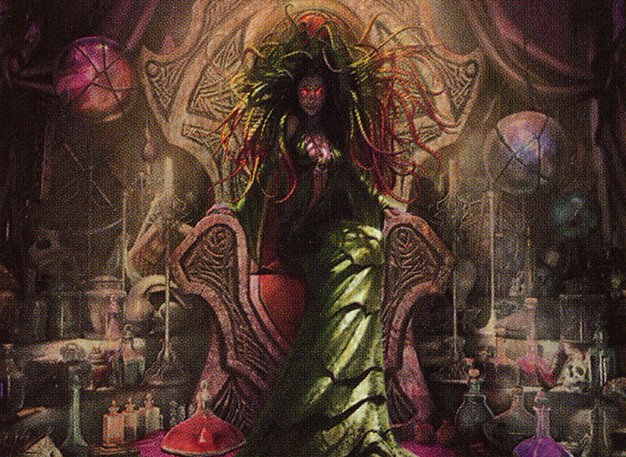
Damia, Sage of Stone
Focuses on generating card advantage and controlling the board through spells and value engines, aiming to win via attrition and powerful late-game plays.
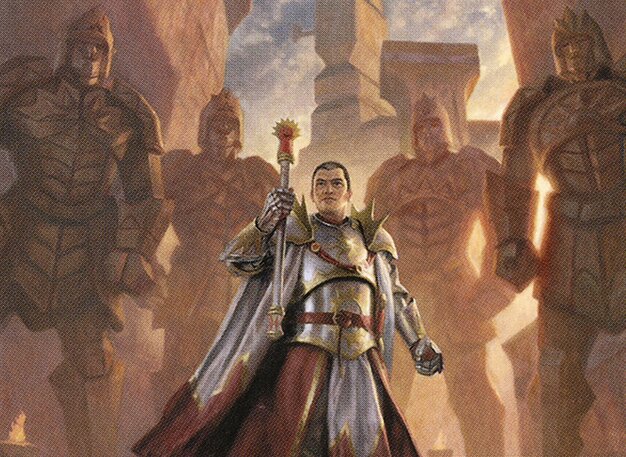
General Ferrous Rokiric
A Boros midrange deck emphasizing multicolor matters, leveraging combat tricks and resilient creatures to maintain board presence without overly aggressive attacks.
Gameplay Insights
- 1
Players prioritized establishing mana bases and setting up synergies early, with Baru ramping into high-cost worms and Rokiric controlling the midrange.
- 2
Fight mechanics and bounce lands created dynamic board interactions, notably with Juvenile Tracker and Demolition Field impacting creature trades and resource denial.
- 3
Strategic restraint on counterspells was observed to allow Baru’s worms to resolve, highlighting the importance of timing in protecting key threats.
- 4
The game featured tension around expensive spells like Portal to Phyrexia, with players weighing mana investment versus board impact.
- 5
Creature lands like Treetop Village and Celestial Colonnade were utilized effectively to maintain board presence and surprise opponents with animation at instant speed.
Notable Cards
-

Baru, Wurmspeaker
-

General Ferrous Rokiric
-

Damia, Sage of Stone
-

Dragonlord Ojutai
-
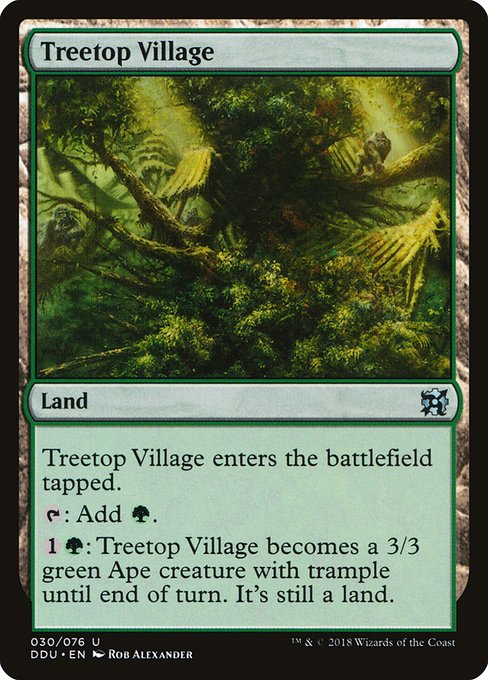
Treetop Village
-
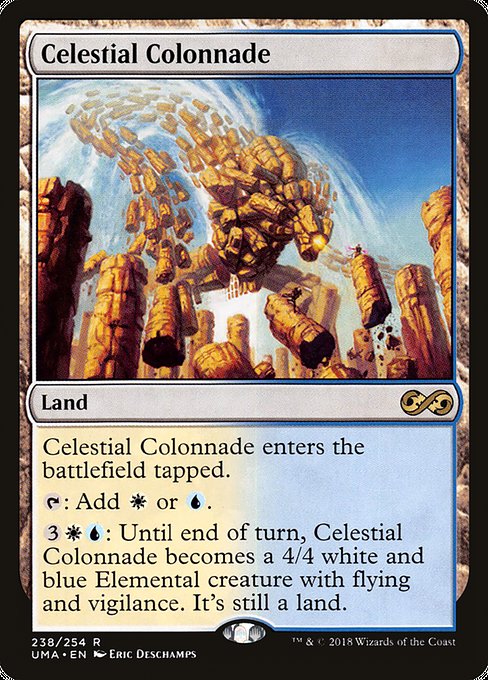
Celestial Colonnade
-
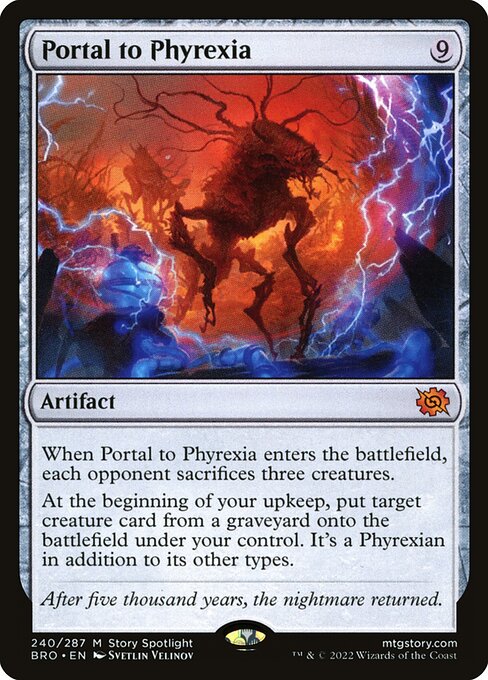
Portal to Phyrexia
-
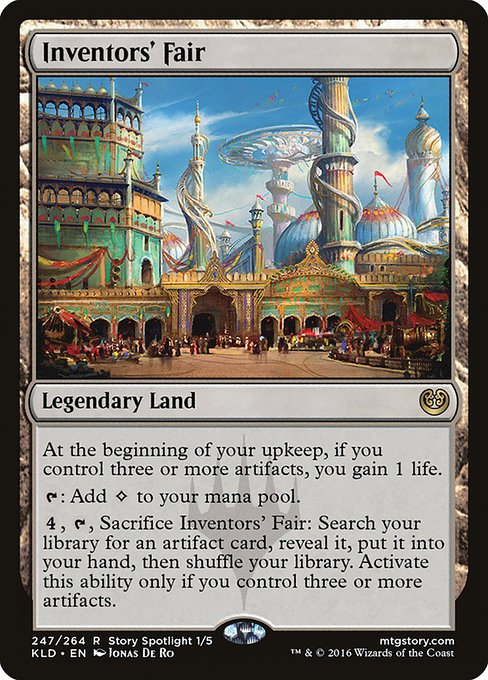
Inventors' Fair
-
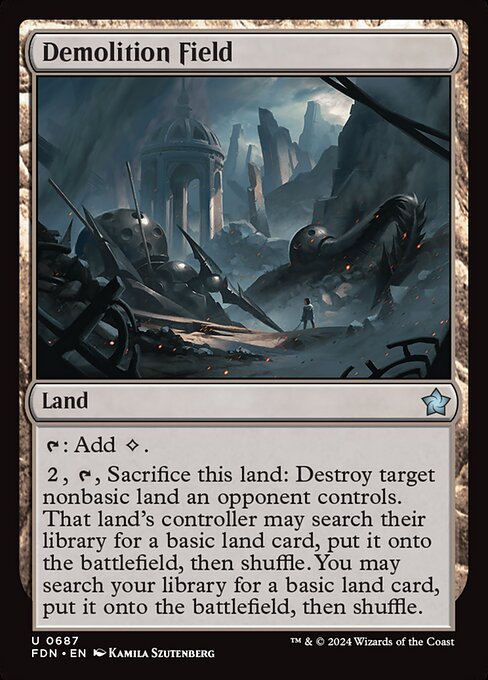
Demolition Field
-
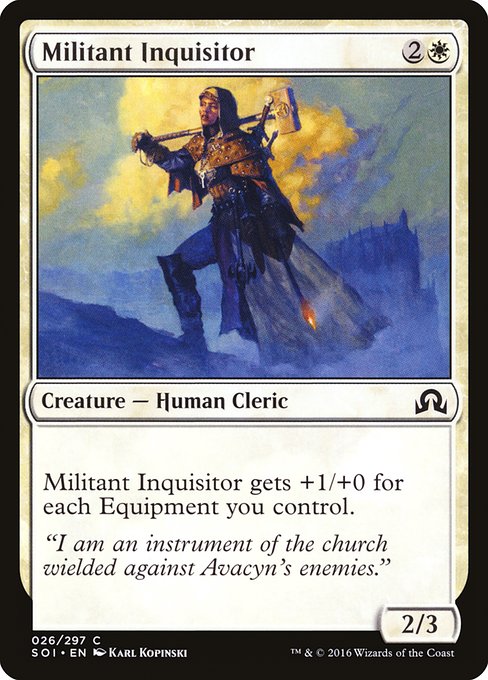
Militant Inquisitor
Gameplay Summary
The game featured four distinct Commander decks clashing in an anything-goes format, allowing for a wide range of strategies and interactions.
Baru, Wurmspeaker focused on building a worm tribal army with +2/+2 and trample buffs, aiming to overpower opponents with large trampling creatures.
Dragonlord Ojutai leveraged a soldier and hidden rogue tribal synergy, likely combining control and tempo elements with evasive threats.
Damia, Sage of Stone ran a value-oriented deck centered around card draw and controlling the board to eventually win through attrition and powerful spells.
General Ferrous Rokiric piloted a Boros midrange deck with a multicolor matters theme, balancing creature combat and board presence without overcommitting to aggressive attacks. Early gameplay revolved around mana development and setting up synergies.
Baru players steadily ramped into high-cost worms, while Rokiric’s deck aimed to control the pace with midrange threats and combat tricks.
Damia looked to stabilize and generate card advantage, preparing for late-game dominance.
Ojutai maintained board presence with flying creatures and leveraged soldier tribal synergies to apply pressure.
Key moments included interactions around bounce lands, fight mechanics between creatures, and strategic decisions to hold off counterspells to ensure Baru’s worms could hit the battlefield.
The game’s tempo shifted as threats grew, with multiple board interactions keeping players reactive.
The ultimate win condition centered on breaking through defenses with large trampling worms or leveraging value engines and combat synergy to close out the game.




























![Ojutai vs Kalamax vs Greven vs Niv-Mizzet [EDH Gameplay] 2020 thumbnail](https://i.ytimg.com/vi/t177nY7wtgk/sddefault.jpg)
![Kadena vs Jhoira vs Ojutai vs Xyris [EDH Gameplay] 2020 thumbnail](https://i.ytimg.com/vi/UBhOd0Xh4oM/sddefault.jpg)




![Commander VS S14E8: Varina vs Damia vs Mina and Denn vs Varchild [EDH] thumbnail](https://i.ytimg.com/vi/JdFaJi1vTn8/sddefault.jpg)






